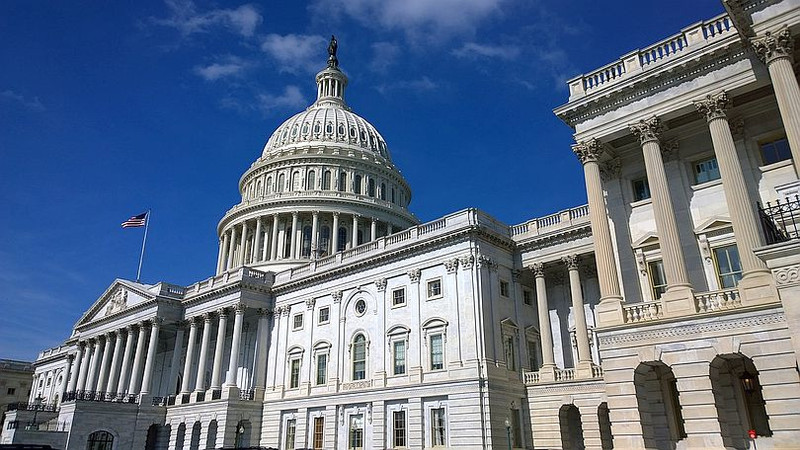In what has become a rare act of bipartisanship in government, President Donald Trump has signed an anti-opioid abuse legislative package aimed at reducing opioid-related addiction and deaths across America. Trump had declared the opioid epidemic a public health emergency in 2017, a proclamation which set the wheels in motion to empower the government to respond more quickly to the crisis. After a 353-52 vote in favor of the bipartisan-sponsored bill in the House, the Senate in September passed the measure, per Reuters, by a 98-1 margin, with President Trump signing the package into law within the past week, almost exactly one year to the date he declared the public health emergency. Now that it has been enacted, the bill is expected to tackle a problem that was a large part of a record 72,000 deaths in 2017 related to drug overdose. Under the legislation, which some Congressional members said still falls short of needed measures, there will be, per Reuters, increased access to substance abuse treatment via Medicaid (the federal health insurance program for the poor and disabled); a cracking down of mailed shipments of illicit drugs such as fentanyl (a synthetic opioid much more potent than heroin); and an offering of newly established federal grants earmarked for the overdose crisis. Kellyanne Conway, a Trump adviser, said that the anti-opioids package will not only enhance efforts to educate the public about opioid use and addiction but will also increase efforts to secure the Mexican border to prevent drugs from coming into the United States.
Opioid Epidemic by the Numbers
Per the U.S. Department of Health and Human Services, here are some key numbers based on data from 2016 and 2017 related to the opioids epidemic, pointing out just how serious a problem the opioid crisis is:- An estimated 130-plus people, on average, die daily from opioid-related drug overdoses.
- 11.4 million people misused prescription opioids.
- 42,249 people died in 2016 from opioids overdoses.
- 2.1 million people experience an opioid-use disorder.
- 2 million people misused prescription opioids for a FIRST time.
- 81,000 people used heroin for the first time.
- 15,469 deaths attributed to heroin overdose.
Alternatives to Opioids
As medications available only through prescription, opioids are used mainly as pain killers, acting on opioid receptors in the brain and spinal cord to diminish the intensity of pain-signal perception. They also can activate within our brains a state of euphoria, or high, that enhances the potential for misuse and addiction. Alternatives to opioid usage in regard to pain management include the following, but keep in mind that pain conditions of an acute or chronic nature, especially, also beg consultation with your personal physician.- Herbs. Some herbs have been shown to have pain-relieving capacities similar to NSAIDs. These include turmeric, ginger, and capsaicin.
- NSAIDs. Otherwise known as non-steroidal anti-inflammatory drugs. Many are available over the counter, such as generics ibuprofen and naproxen or brands such as Advil, Motrin, and Excedrin.
- Acetaminophen. This is the active ingredient found in Tylenol, best known for relieving headache pain, although it can help with assorted other pain sources.
- Acupuncture. With its use of needles, acupuncture is thought to stimulate nerves that, in turn, transmit signals to the brain to release feel-good hormones while also decreasing pro-inflammatory markers that lead to inflammation and pain, per saferlcokrx.com.
- Cognitive Behavioral Imagery. A form of talk therapy in which patients can learn to alter their awareness of pain and develop better coping skills, even without a reduction in experienced pain.
- Aromatherapy. According to Psychology Today, per saferlcokrx.com, aromatherapy – yes, a treatment using smells – activates the brain's limbic system, which helps reduce pain and anxiety. Oils used include peppermint, lavender, chamomile, and African marigold.
- Chiropractic. Spinal manipulations, or adjustments, can help restore joint mobility and heal tissue damage, thus helping in reduction of pain.

